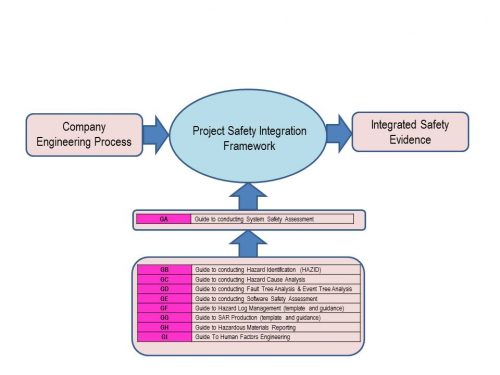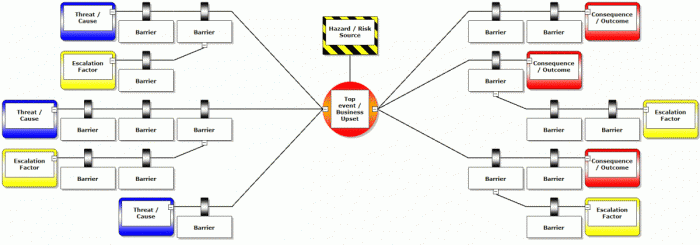Safety Management Systems
- Development of new Safety Management Systems, including Technical Procedures for Safety Risk Management
-
Integration or alignment of Safety with Environmental Management
-
Safety Culture assessments and improvement
-
Safety Competence Management (definition, assessment and development)

-
Safety Planning
-
Development of system safety procedures specific to your company that ensures that the safety assurance process is suitably integrated with your company’s delivery process.
Functional / System Safety
Many high profile accidents in recent years have involved interactions of complex systems, often including the human and/or software elements of those systems. A rigorous process of Safety assurance is essential in order to ensure that the potential for equipment to enter use with unacceptable safety characteristics is minimised. Safer Systems can help with:
- Safety Functional Analysis
-
System Safety Modelling (e.g. Fault Tree Analysis, Event Tree Analysis, Bow-Tie Analysis)
-
Software Safety Assessment
-
Human Factors Assessment (e.g. Task Analysis, Human Error Analysis)
-
Safety Integrity Level (SIL) requirements setting and assessment using relevant Standards (e.g. BS EN61508)

Independent Safety Assurance & Audit
Where the consequences of failure are severe, Duty Holders will often require assurance from independent parties. The degree of independence required is specified in some Standards and Codes of Practice, to ensure that their findings are credible and unbiased. Safer System’s ability to provide an effective Independent Safety Auditor (ISA) stems from our considerable experience in the implementation of Defence Standard 00-56 for new development and legacy systems.
- Development of ISA Plans and ISA Terms of Reference
-
Planning and Conduct of Safety and Environmental Audits
-
ISA review of Technical Documents (e.g. Safety Case Reports, Hazard Logs)
-
Independent Safety and Environmental Analysis
High Integrity Systems & Software
Many Standards, such as IEC 61508, require that the required safety integrity levels (SILs) for safety functions are derived on the basis of risk assessment at the system level. The required SIL will affect the design requirements for hardware and software safety integrity (e.g. reliability, fault tolerance, software methods) as well as having an impact on more general aspects such as functional safety management and assessment. Safer Systems has a thorough understanding and familiarity with the standards and assurance process for High Integrity / Safety Related Systems. The term ‘Safety-Related System’ (SRS) denoting a combination of hardware, electronics, software and people that together operates in response to its inputs to ensure safety